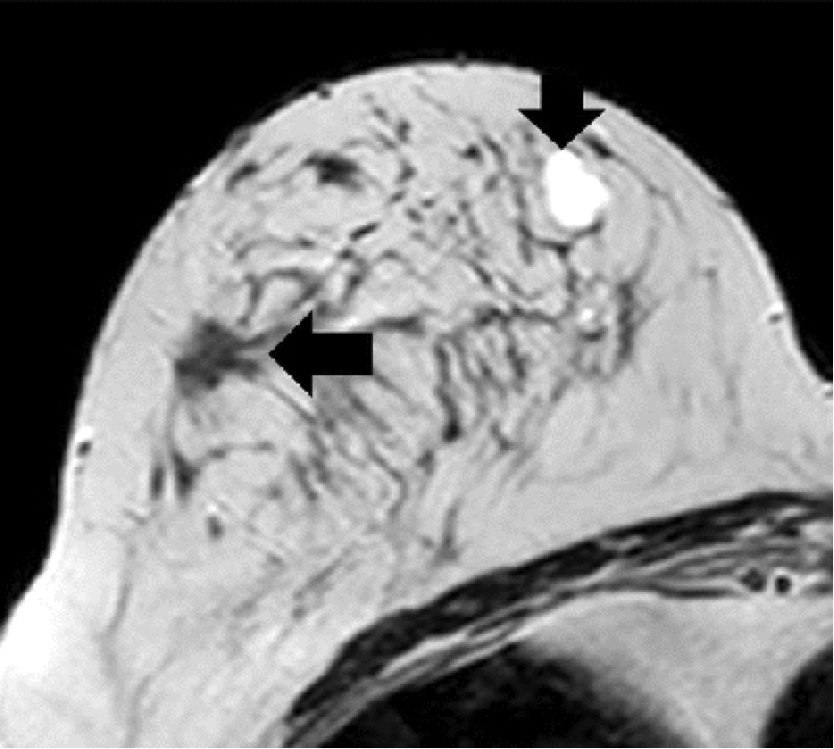
A recent study has found evidence that a shorter noncontrast-enhanced breast MRI protocol could reduce scanning times and improve information gathering for suspicious lesions. The study was performed by the German Cancer Research Center and led by Dr. Sebastian Bickelhaupt. The protocol, referred to as diffusion-weighted imaging with background suppression (DWIBS), had a negative predictive value of 92%, comparable to conventional diagnostic MRIs. The DWIBS method was able to obtain images in just seven minutes vs. 30 minutes for the standard protocol. The approach may increase the rate of positive biopsies.
MRI exams are often used to complement conventional mammography, which has a high false-positive rate. Traditional MRI exams use contrast and can be time-consuming. The authors were interested in abbreviated exams due to recent papers demonstrating the benefits of such an approach. They compared this method with an abbreviated contrast-enhanced protocol as well as a full diagnostic breast MRI.
The study took place between September 2014 and January 2015. The researchers enrolled 50 women who had suspicious screening mammogram results and an indication for biopsy. They performed the exams on a 1.5-tesla scanner. The study was performed between two imaging sites with two readers blinded to the each other’s data and interpretations.
The DWIBS method came out positive for 100% of the histopathologically confirmed invasive breast cancers among the test group. The only exceptions were two lesions with pure microcalcifications. The authors noted that these are “notoriously invisible” when using MRI. There was no significant difference between the accuracy of full diagnostic and the abbreviated protocols.
The study had some limitations, such as a patient group with a greater probability of malignant lesions than an unselected population, which the researchers acknowledged. The team concluded that the DWIBS mammography protocol was accurate in ruling out malignancy after an initial mammogram screening.

